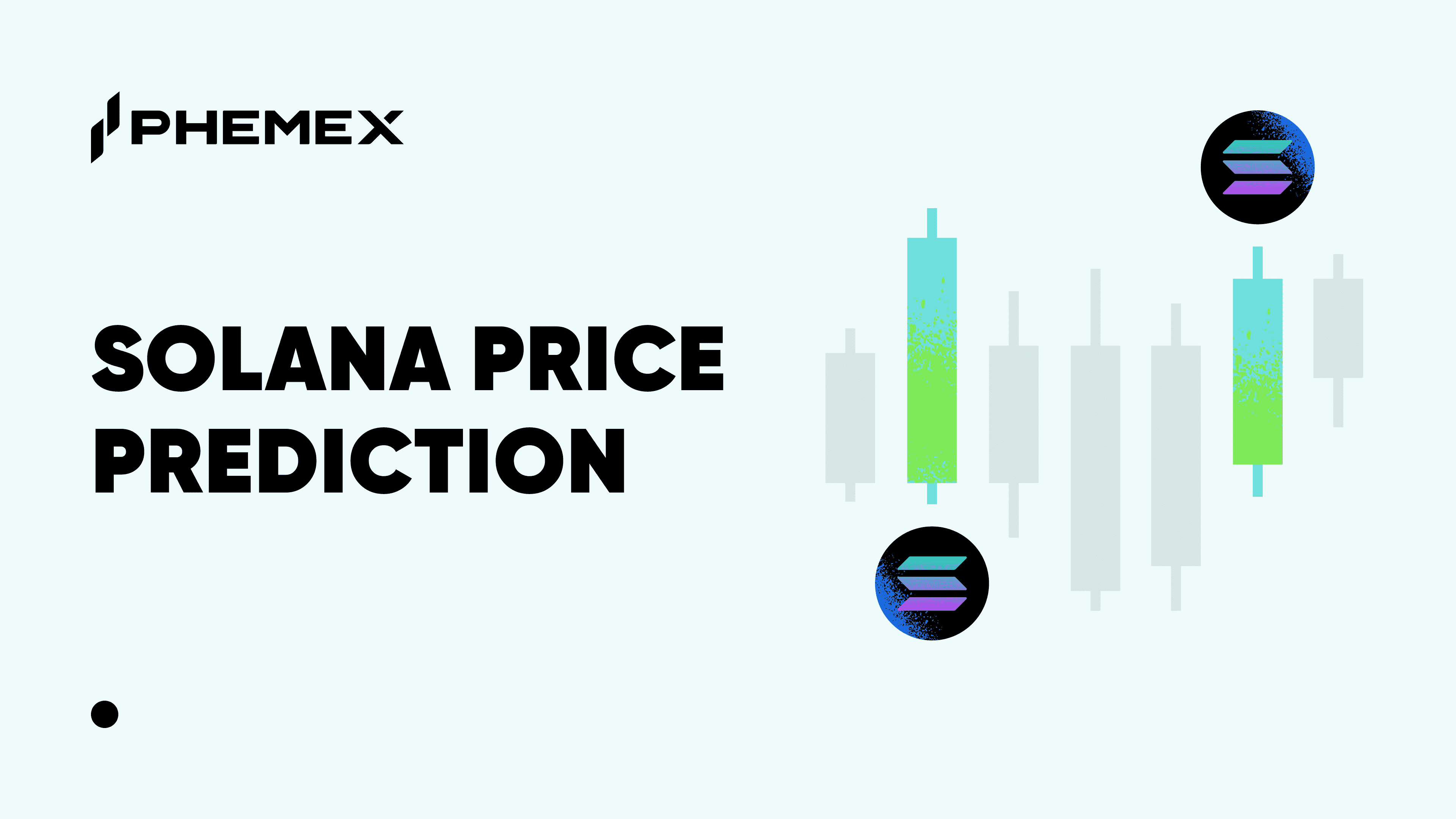As blockchain development and popularity grow with each passing day, it’s finally gaining the attention of various state and national governments worldwide. In particular, certain states in America are beginning to shift their focus on the various applications of blockchain technology. In line with this trend, the Washington legislature passed a bill in March 2022 that will create a working group to explore the possibilities of blockchain technology.

This bill is known as Senate Bill 5544 – titled the “Establishing the Washington Blockchain Work Group.” Its purpose is to explore potential applications for blockchain technology in sectors such as utilities, banking, real estate, health care, supply chain, and higher education. The blockchain-focused bill was debated heavily, but after three years it was finally signed. The central focus of this bill is blockchain development and its technological potential, which will be accomplished by providing funding to organizations that specialize in the field.

(Senate Bill 5544 seeks to establish a Washington blockchain Work Group to focus on future applications of blockchain, as well as blockchain development in the state of Washington.)
Why Is This Bill Important?
This bill’s focus is concentrated mostly on the technological potential of the blockchain within the financial and industrial sectors. However, because blockchain is a versatile technology, there are many scenarios in which it can be applied, such as self-representation and money transfers.
Geographic-wise, Washington is the latest among several US states to embrace blockchain technology and cryptocurrency. The contents of the bill create a foundation for various organizations to create projects that are based on blockchain technologies; an example being DAOs (Decentralized Autonomous Organizations). Blockchain technologies are still in the infant stages, and this bill will allocate resources to help spur blockchain growth. The benefiting organizations of this bill will promote research and development in the field, and act as the third party connector between the blockchain and reality.
Breaking Down The Bill
To understand the importance of this bill, let’s analyze its stated purpose, which is to examine potential applications for blockchain. The picture below features the specific areas the bill mentions that it’s interested in pursuing: computing, banking, financial services, the real estate transaction process, health care, supply chain, and education.

In each of the sectors above, blockchain technology can greatly improve efficiency. The blockchain acts as a ledger available to the public and implementing this ledger into the banking sector allows for more transparency within the banking. This transparency promotes users to store assets on the blockchain in various forms such as cryptocurrencies and NFTs. In other sectors such as real estate and financial services, the blockchain can tokenize the process allowing transactions to be done in a span from a few seconds to a few minutes. An example would be the deed for a property that can be tokenized and transferred across the blockchain to someone else, without the use of a third party.
Within the computing sector, the blockchain can act as a permanent storage system where data can be stored and secured on the blockchain; if this data were to get corrupted or lost, the blockchain can pull from other nodes to recover and restore the data. This movement of data is especially important in the health care sector as blockchain technologies allow for easier management of patient data that can be used to provide better quality health care.
Conclusion
Given the current level of maturity for blockchain technologies, there’s vast room for growth. As states begin to adopt bills like this, the blockchain market and subsequent sectors such as Web3 and cryptocurrency should begin to grow and become more valuable. In the end, this bill acts as a stepping stone on the path to further blockchain technology growth and adoption. The organizations developed within this bill will create an exponential curve for blockchain growth with more and more states joining the train of blockchain integration. This exponential curve will create more of a demand for blockchain technologies as more and more issues get solved using the emerging tech.










